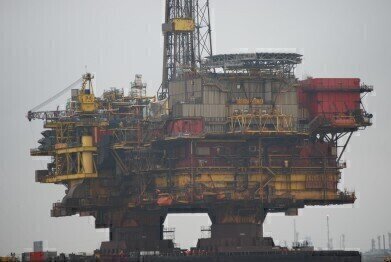Fuel for Thought
What Is a Rig Count?
Aug 25 2015
For over 60 years, rig counts have been used to gain an in-depth understanding of the overall health of the oil and gas industry. Not to mention an outlook on future supply trends and the strength of current energy prices. But what exactly is a rig count, what information does it encompass and what makes it so useful? Read on for an overview of the important metric and the role in plays in shaping the face of the contemporary oil and gas economy.
Painting a picture
While the rig counts generate complex information, the process itself is relatively simple and straightforward. Every week a map is released that pinpoints current rigs across the globe. To gain a long or short term overview of market conditions weekly rig count maps can be compared.
Yet despite their enduring popularity rig counts do have their fair share of issues. To start with, they offer an incomplete and stationary outlook of the current landscape. The single layer picture only scratches the surface of current conditions and offers very little in the way of detailed information regarding the value of each rig.
The next generation of rig count
As modern technology continues to advance new rig count concepts are starting to emerge. Leading oil and gas intelligence, tools and services provider Drillinginfo is at the forefront of the revolution and has developed DI Rig Analytics, a system that actively tracks 95% of US based rig fleets in real time. Using GPS units and daily check-ins Drillinginfo offers users accurate and in-depth rig counts from anywhere, at any time. For executives needing to make time sensitive decisions it’s an invaluable tool for clear, current and all-encompassing information. As well as up-to-the-minute intelligence on rig fleets the software also features granular data that traditional rig counts could never achieve. For example, thanks to the Relationship Tree feature users can gather data on driller-operator dealings. These are a valuable metric for tracking the quarterly earnings of oil and gas companies.
Visual technology now plays an integral role in the modern oil and gas sectors. ‘Inspectahire Relies on the FLIR GF320 Optical Gas Imaging Camera for Maintenance Inspections and Hydrocarbon Leak Detection in the Offshore Oil and Gas Industry’ looks at how the world’s leading international supplier of specialist remote visual inspection technology and solutions is helping its clients manage the safety, profitability and environmental impact of their assets with its ultra-advanced GF320 Optical Gas Imaging (OGI) camera. The device actively detects fugitive hydrocarbon emissions to help companies maximise efficiency across the board.
Digital Edition
PIN 25.1 Feb/March
March 2024
In This Edition Safety - The technology behind the ION Science Tiger XT - Safety with ammonia and LOHCs as hydrogen carriers Analytical Instrumentation - Discussion on new tribology te...
View all digital editions
Events
Apr 28 2024 Montreal, Quebec, Canada
Apr 30 2024 Birmingham, UK
May 03 2024 Seoul, South Korea
May 05 2024 Seville, Spain
May 06 2024 Riyadh, Saudi Arabia


















